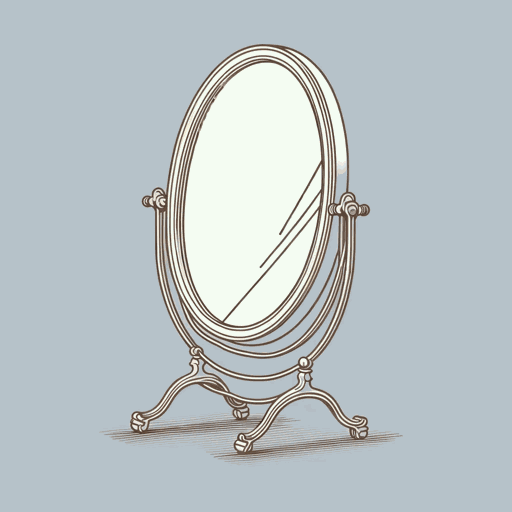45 pages • 1 hour read
Carlos FuentesAura
Fiction | Novella | Adult | Published in 1962A modern alternative to SparkNotes and CliffsNotes, SuperSummary offers high-quality Study Guides with detailed chapter summaries and analysis of major themes, characters, and more. For select classroom titles, we also provide Teaching Guides with discussion and quiz questions to prompt student engagement.
Symbols & Motifs
Overview
Houses are often taken as symbols of the people who inhabit them, and a building’s interior can reveal information about a character’s inner workings. The widow’s house is a historic mansion located in the city center. It constitutes of a small patio converted into a garden and two floors, and it is perpetually dark. Consuelo tells Felipe that the real garden was lost when other houses were built around it. The interior is decorated in an old-fashioned Gothic style, while the plants that grow outside are out of “old chronicles” (101).
The mansion’s location and interior mark both the building and the woman living in it as representatives of an older generation, descendant from the Spanish colonizers. The fact that almost no one lives in the city’s center in the mid-20th century indicates that the old way of life is slowly disappearing to be replaced by commerce and technology. The mansion and its owner are being squeezed out by newer developments that hide the remnants of the past. However, like the historic building, the events that shaped Mexico are always present in the background and demand to be acknowledged.
The use of a dark, obsolete house inhabited by both an old, bitter woman and a young, beautiful one who tends a poisonous garden has prompted critics to draw parallels with other works, such as Alexander Pushkin’s “The Queen of Spades,” William Faulkner’s “A Rose for Emily,” Henry James’s “The Aspern Papers,” Nathaniel Hawthorne’s “Rappaccini’s Daughter,” and Charles Dickens’s Great Expectations.
Related Titles
By Carlos Fuentes




